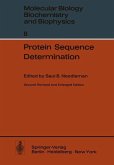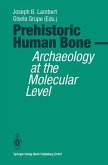Although in the past the Swedish anatomical schools gave one of the first impulses to the study of biorhythms, this subject has never been a favourite matter of mor phological investigations. The proposal of the organizing committee at the 8th Inter national Anatomical Congress to organize a symposium on rhythmic research was willingly accepted. It was felt that as morphology is growing to be more and more an experimental discipline, biorhythms should be considered. It is gratefully acknowledged that investigators with great experience in biologic rhythms were prepared to take part in this symposium. Their different fields of research, physiology, biology, embryology and clinical, indicate the importance of rhythmic variations and mathematicians show how results gained have to be treated in a correct statistical fashion. There are the processes of cell multiplication, regeneration and growth, which have been proved to be rhythmic. The analyses of mitoses show to what extent such strong interventions as adrenalectomy, hypophysectomy etc. have been misinterpreted and delivered severally contradictory results when the rhythmic variations are not considered. The observation of tissues collected throughout 24 hours contributes to the much debated problem of "Amitosis" and also revealed a definite rhythm of DNA. In connection with this is the uptake and incorporation of DNA-precursors which occur rhythmically. In the vast number of precursor experiments which frequently vary strongly in their results, circadian changes have hardly been considered until now.








